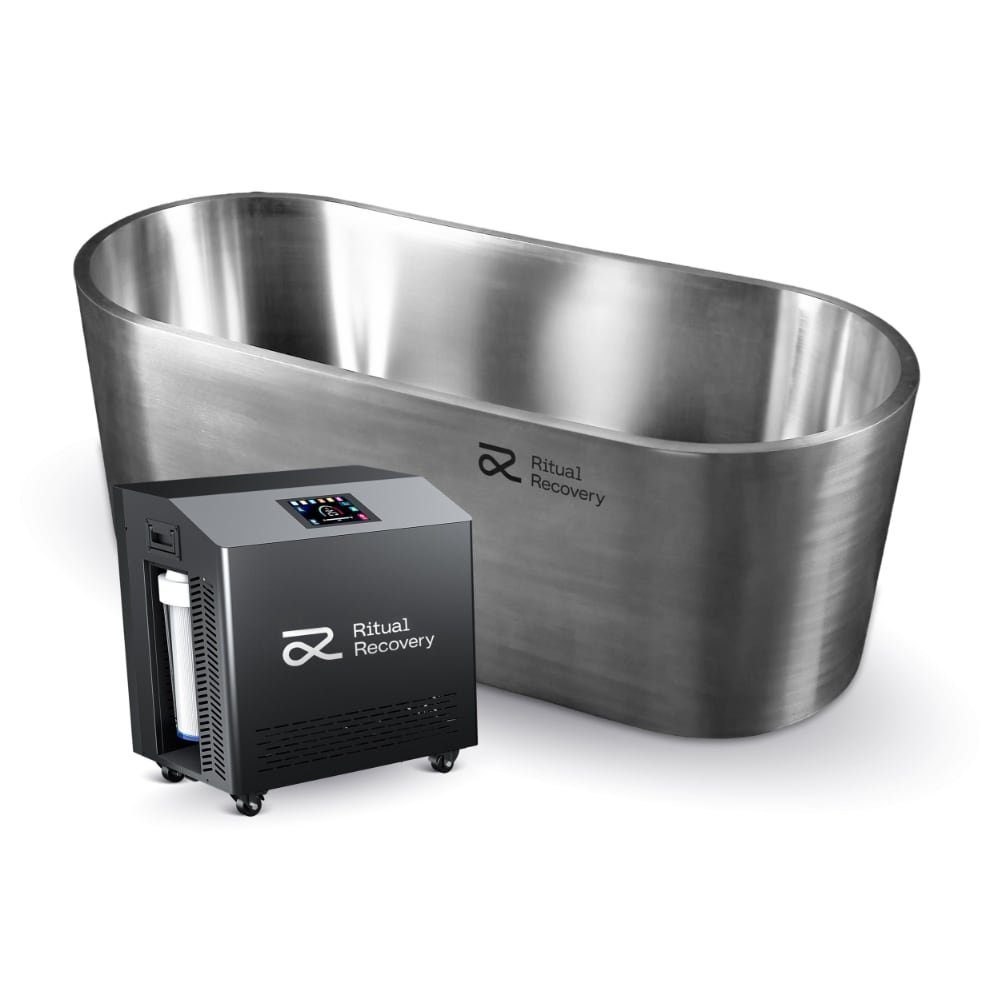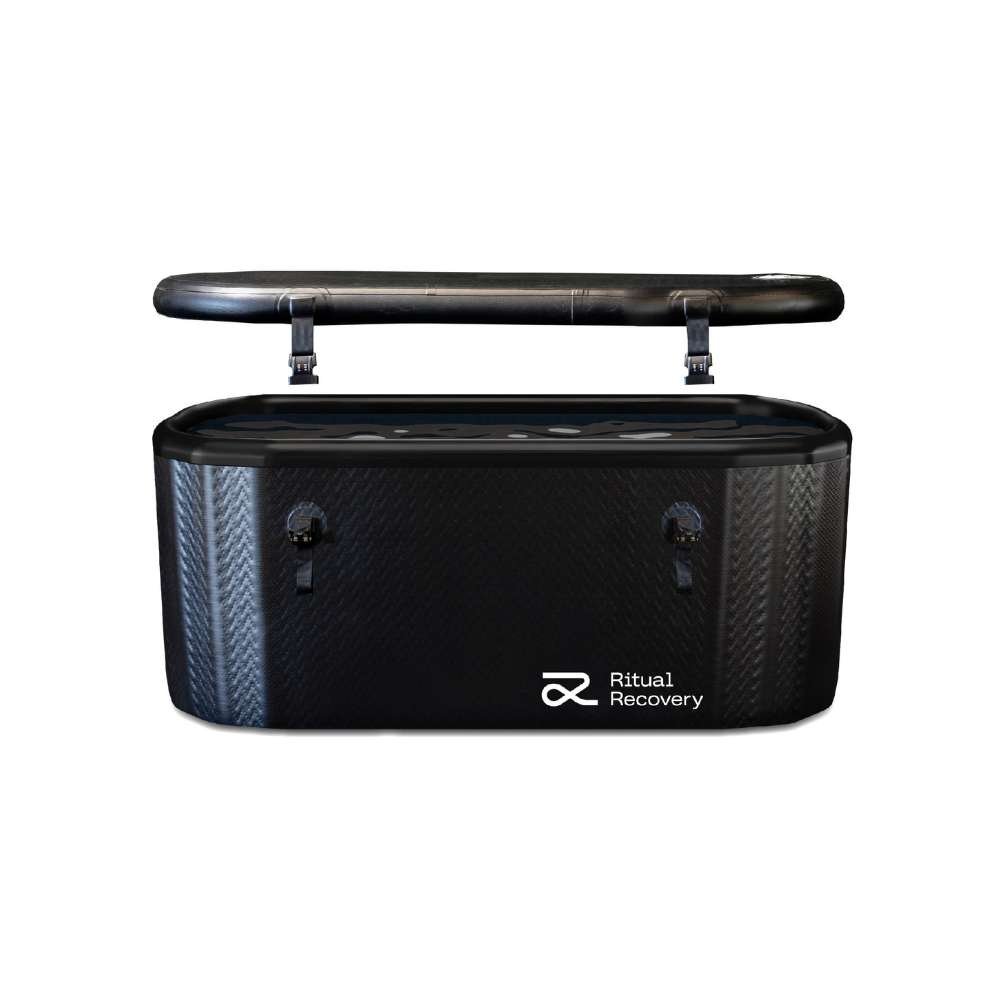Hot or Cold: Which Should You Finish On?
Contrast therapy has been around for centuries, but only recently has it become part of the modern recovery toolkit. It’s simple: you move between heat and cold, usually a sauna and an ice bath, to help your body reset, recover, and find balance. It’s a ritual that wakes up your circulation, boosts your mood, and helps you handle stress better.
But one question always comes up. Should you finish on hot or cold?
The short answer is that it depends on how you want to feel afterward. But before we get there, let’s talk about what contrast therapy actually does for your body.
What Is Contrast Therapy?
Contrast therapy works by cycling your body between two opposite environments: heat and cold.
Heat, from a sauna or warm plunge, causes your blood vessels to expand, increasing circulation and oxygen delivery to your muscles. It helps loosen tension, flush out waste products from exercise, and relax your body and mind.
Cold, from an ice bath or cold plunge, makes your blood vessels constrict, sending blood to your core to protect vital organs. When you warm up again, fresh oxygenated blood flows back through your system.
This back-and-forth process creates a natural pumping effect that boosts circulation, strengthens your vascular system, and helps speed up recovery. It’s like interval training for your body’s ability to handle stress.
Why People Swear By It
Contrast therapy has a long list of benefits that make it worth building into your weekly routine.
Faster recovery
Alternating heat and cold helps move waste products out of your muscles and reduce inflammation, cutting down on soreness after training.Better circulation
The rapid changes in temperature teach your blood vessels to adapt more efficiently, improving cardiovascular health and overall resilience.Stronger immune system
Cold exposure triggers a mild stress response that boosts immune function, while heat supports detoxification and white blood cell production.Mental reset
Switching between hot and cold pushes your nervous system to adapt. It builds stress tolerance and leaves you feeling grounded, clear, and calm afterward.Improved sleep and relaxation
When you finish on heat, your body naturally starts to cool afterward, which signals your brain that it’s time to rest.
Common Contrast Therapy Protocols
There’s no single right way to do it. It depends on how much time you have and what your goal is. Here are a few examples that work well:
1. Classic Alternating Protocol
10 minutes in the sauna
2–3 minutes in the ice bath
Repeat 2–3 rounds
This one is great for full-body recovery and circulation after a hard workout or long day.
2. Morning or Pre-Workout Boost
5 minutes in the sauna
2 minutes in the ice bath
Finish cold to feel sharp, awake, and ready to move.
3. Deep Recovery Routine (Evenings or Rest Days)
15 minutes in the sauna
3 minutes in the ice bath
10 minutes back in the sauna
Finish hot to relax your body, calm your mind, and promote better sleep.
4. Simple Starter Round
If you’re short on time, just do one round of 10 minutes hot and 2 minutes cold. You’ll still get solid benefits from even a single cycle.
So, Should You Finish on Hot or Cold?
It really depends on what you need in that moment after the practice. How do you want to feel? What state are you looking for?
Finish on Cold
If your goal is to feel awake, alert, and focused, end with cold. The cold triggers a release of adrenaline and norepinephrine, which sharpens your mind and boosts your energy.
Best for: mornings, pre-workout sessions, or days when you want to feel switched on.
Finish on Heat
If you want to relax, unwind, and prepare for deep rest, finish with heat. The warmth helps your muscles relax, your blood vessels open up, and your nervous system shift into recovery mode.
Best for: evenings, post-workout recovery, or any time you need to slow down.
Building Your Ritual
There’s no one-size-fits-all when it comes to contrast therapy. Some days you might want the jolt that comes from finishing cold. Other days, you’ll crave the deep calm that comes from ending warm.
The key is consistency. You’ll start to notice how your body and mind respond to each session and which finish best suits your mood or time of day.
Contrast therapy isn’t just about recovery. It’s a practice in self-regulation - learning how to move between stress and calm, energy and rest, heat and cold.
So next time you step between the sauna and the ice bath, ask yourself: What do I need today?
Cold to wake up and energise.
Heat to wind down and restore.
That choice is where the real power of the ritual lies.




